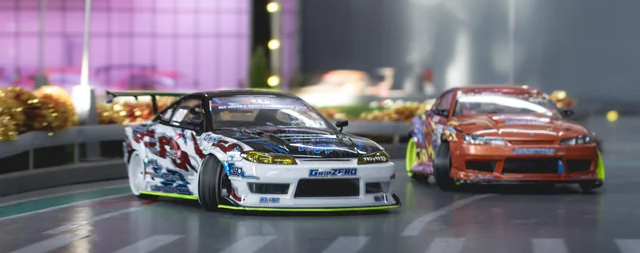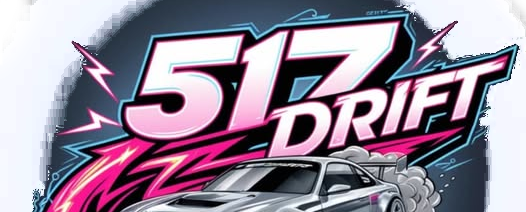
Here’s a breakdown of the key elements of RC Drift Car Racing:
1. RC Drift Cars:
-
- These cars are modified RC vehicles designed specifically for drifting. Unlike regular RC cars that prioritize speed and traction, drift cars have adjustments to make them easier to slide sideways. They usually have less grip in the tires, which allows them to slide more easily during turns.
2. Drifting Technique:
-
- Drifting involves intentionally oversteering, causing the car’s rear wheels to lose traction, while maintaining control to slide through corners. It’s a balance of throttle, steering, and sometimes braking to keep the car drifting without losing control.
3. Track Setup:
-
- RC drift tracks are often designed with tight corners, curves, and sometimes obstacles to simulate a real drift circuit. These tracks can be made of a variety of materials like wood, carpet, or plastic, and the surface is typically smooth to allow for sliding.
4. Car Customization:
-
- A key aspect of RC drifting is customizing the car for performance and aesthetics. Drivers may modify the suspension, tires, and body, as well as adjust the chassis to improve the car’s handling and drifting ability. Many racers also personalize the look of their cars to make them unique.
5. Racing or Practice:
-
- While there are competitive RC drift races, many RC drifters focus more on practicing and perfecting their drifting techniques. The goal is often to execute the smoothest, most controlled drifts around corners rather than crossing the finish line first.
6. Community and Events:
-
- There is a strong RC drifting community with events, competitions, and even social gatherings for enthusiasts. These events can range from informal meetups to more structured competitions where participants are judged on their drifting skills, style, and precision.
RC Drift Car Racing is more about control, finesse, and style rather than just speed, making it a unique and popular hobby for many enthusiasts!
